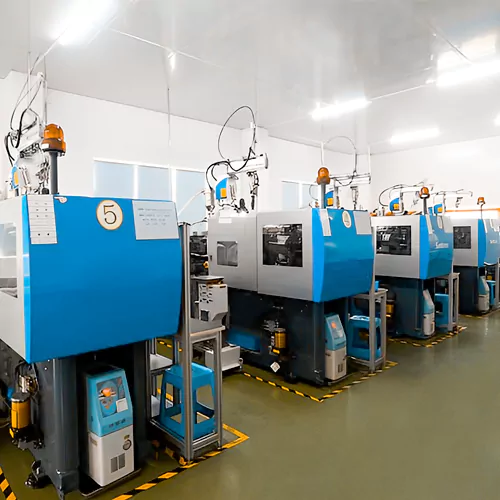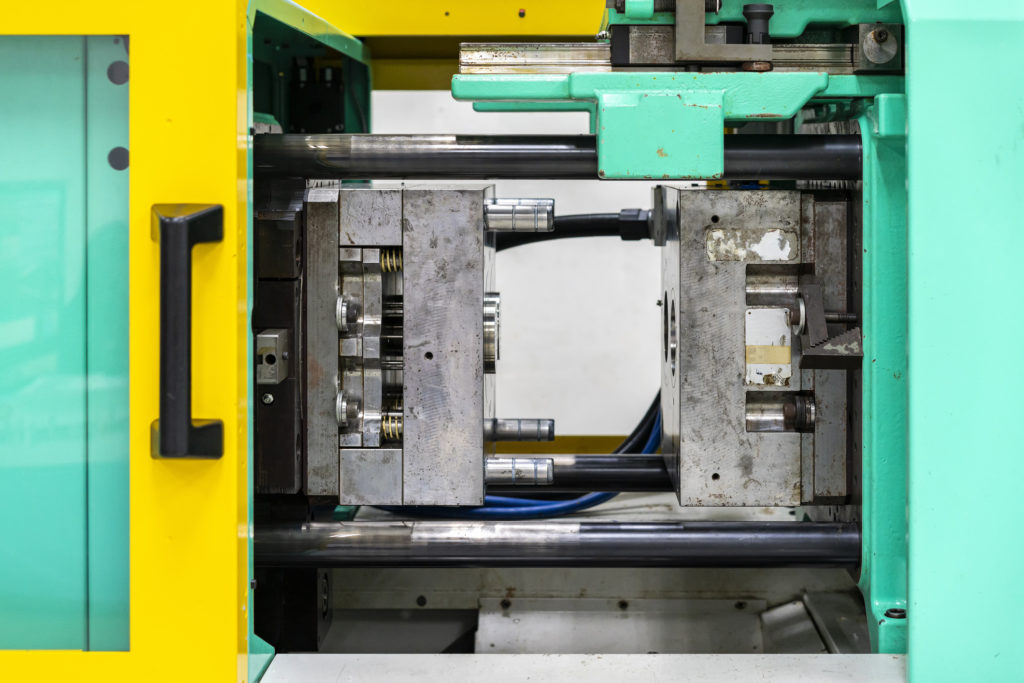Checking out the Future of Plastic Injection Molding in the Production Market
Checking out the Future of Plastic Injection Molding in the Production Market
Blog Article
Recognizing the Fundamentals of Plastic Injection Molding Procedures
Plastic shot molding acts as a cornerstone of contemporary production, supplying a systematic approach to generating complex parts with precision. This process not only incorporates the fundamental steps of melting and infusing products into mold and mildews however additionally entails a nuanced understanding of various influencing factors, such as temperature and pressure. As industries increasingly require efficiency and quality, the details of this technique come to be more essential. Exploring these necessary elements could reveal just how even small changes can cause considerable renovations in production results, raising inquiries about the possibility for development in this recognized process.
What Is Plastic Injection Molding?
Plastic injection molding is a widely utilized manufacturing procedure that transforms thermoplastic and thermosetting materials into precise and complex forms. This method is preferred for its ability to produce high quantities of the same parts with remarkable precision, making it an important approach in various markets, consisting of automobile, customer items, and clinical devices.
The process entails thawing the chosen plastic material and injecting it into a mold and mildew under high stress. The mold, developed to the specs of the wanted component, allows the molten plastic to materialize as it cools down and strengthens. Once the material has set, the mold and mildew is opened up, and the finished component is ejected.
Plastic injection molding uses numerous benefits, consisting of lowered waste, consistency in manufacturing, and the capability to incorporate elaborate designs that may be challenging with other producing techniques. Furthermore, it supports a wide range of materials, each giving unique homes that can be customized for details applications. As industries continue to innovate, plastic shot molding continues to be at the center, making it possible for the growth of advanced items that fulfill advancing customer demands.
The Injection Molding Process
The shot molding procedure is an advanced method that includes several key phases to generate high-grade plastic parts. Plastic pellets are fed right into a heated barrel where they are thawed right into a viscous fluid. This molten plastic is after that injected under high stress into a precision-engineered mold, which forms the material into the wanted type.
Once the mold and mildew is filled, the plastic is permitted to cool down and solidify, taking the form of the mold and mildew cavity. Air conditioning time is vital, as it impacts the cycle time and the final residential or commercial properties of the molded part. After adequate cooling, the mold and mildew opens, and the finished component is ejected utilizing ejector pins.

Products Utilized in Shot Molding
Different products can be made use of in the shot molding process, each offering distinct buildings that cater to particular applications. One of the most commonly made use of products consist of thermoplastics, thermosetting plastics, and elastomers.

Thermosetting plastics, like epoxy and phenolic resins, undertake a chemical change during the healing process, leading to an inflexible, inflexible structure. These products are excellent for applications needing high warmth resistance and architectural stability, frequently utilized in electric insulators and automotive parts.
Elastomers, including silicone and rubber-based materials, supply adaptability and resilience. Their distinct buildings make them suitable for applications that demand elasticity, such as seals and gaskets.
Furthermore, specialty products like bio-based plastics and compounds are getting grip for their ecological advantages and enhanced performance features, broadening the extent of injection molding applications in various industries. Comprehending the residential or commercial properties of these materials is important for choosing the proper kind for certain tasks.
Benefits of Shot Molding
Shot molding sticks out as an extremely effective manufacturing process that provides various advantages for generating intricate get rid of accuracy. One of the most significant advantages is the capacity to produce elaborate designs that would certainly be tough or difficult to attain with various other techniques (Plastic Injection Molding). The process permits thorough functions and tight resistances, making certain top notch elements
Additionally, shot molding is understood for its rapid production capabilities, making it an ideal selection for high-volume manufacturing. Once the mold and mildew is created, components can be created rapidly, lowering lead times and boosting overall performance. This efficiency not just decreases production prices but likewise gives an one-upmanship in the market.
The adaptability of materials made use of in injection molding even more boosts its appeal. A large range of thermoplastics and thermosetting polymers can be used, permitting manufacturers to choose materials that best fulfill their certain needs, consisting of toughness, flexibility, and heat resistance.
Furthermore, the process decreases waste, as excess product can typically be reused and recycled. This sustainability aspect adds to a minimized environmental influence, making injection molding an accountable manufacturing selection. In general, the advantages of shot molding make it a preferred approach for several industries.
Aspects Affecting Product Quality
While numerous variables can influence product high quality in shot molding, comprehending these aspects is essential for achieving optimal outcomes. Key aspects include product option, processing criteria, and mold and mildew layout.
Product choice plays a crucial role, as various polymers exhibit distinct residential properties that affect flowability, strength, and thermal security. Inadequate product selection can bring about defects such as warping or insufficient filling.
Handling parameters, including cycle, temperature level, and pressure time, need to be diligently managed. Variations in these settings can result in variances in part dimensions and surface coating. Exceedingly high temperatures may cause degradation of the polymer, while insufficient pressure can result in brief shots.
Mold design is just as essential, as it establishes the flow of the molten plastic and the cooling process. Badly designed mold and mildews may result in unequal air conditioning prices, leading to recurring anxieties my link and dimensional inaccuracies.

Verdict
Finally, plastic shot molding offers as a critical production process that enables the effective manufacturing of top quality parts. Proficiency of the shot molding process, consisting of the understanding of materials and the impact of numerous aspects on product high quality, is vital for attaining ideal outcomes. The advantages of this method, such as cost-effectiveness and layout versatility, further highlight its value throughout several markets, strengthening its condition as a preferred choice for high-volume production.
Plastic shot molding offers as a foundation of modern production, offering a methodical method to creating intricate you could try here elements with accuracy.Plastic shot molding supplies numerous benefits, including reduced waste, uniformity in manufacturing, and the capability to include complex designs that might be testing with other manufacturing approaches (Plastic Injection Molding). As sectors continue to innovate, plastic shot molding stays at the leading edge, making it possible for the development of advanced items that fulfill evolving customer demands
The shot molding process is an advanced technique that includes several crucial stages to create top notch plastic parts.In final thought, plastic injection molding offers as an essential manufacturing process that allows the reliable manufacturing of top notch parts.
Report this page